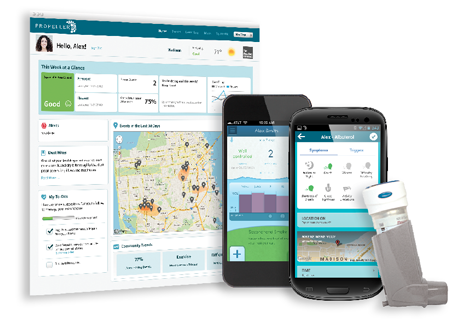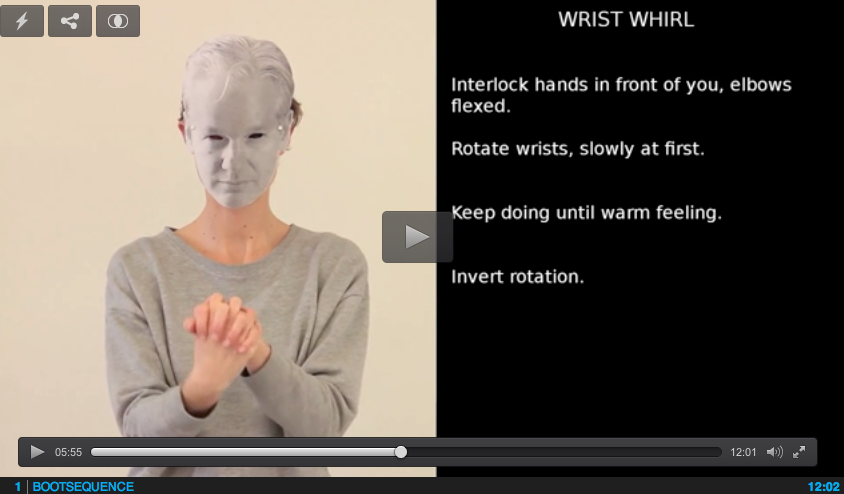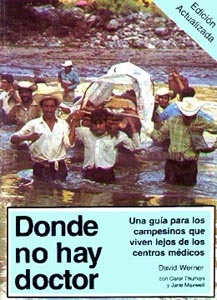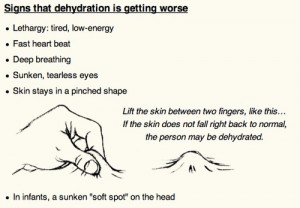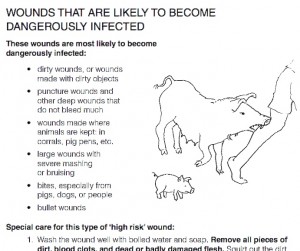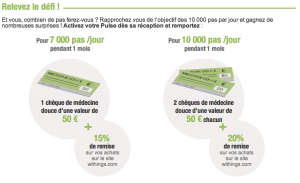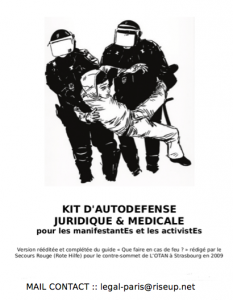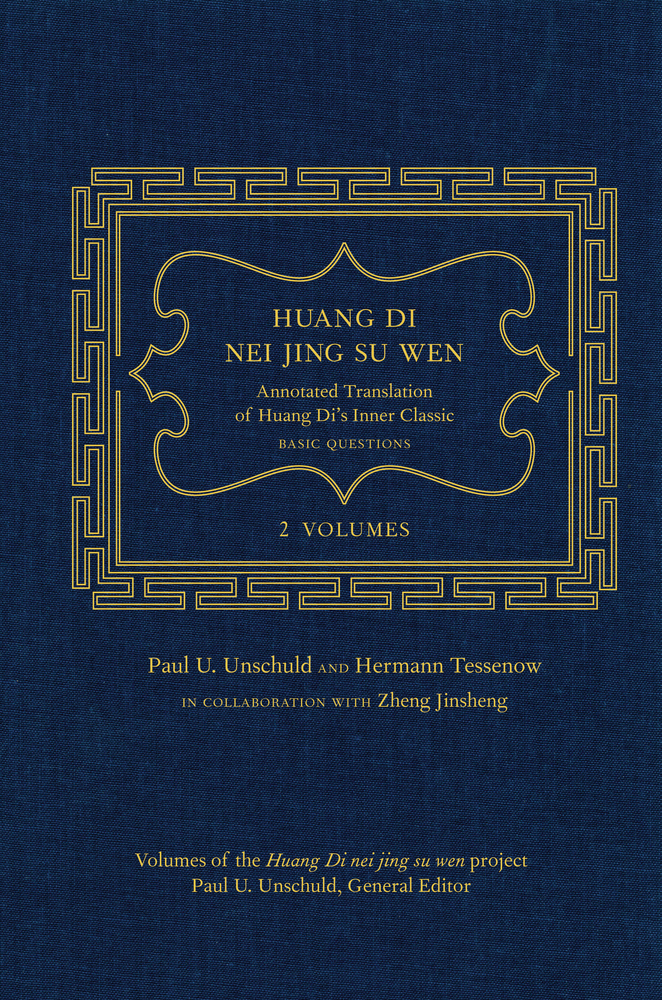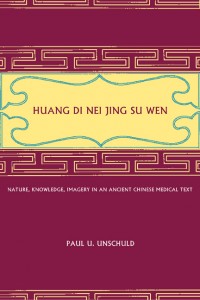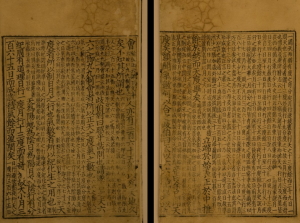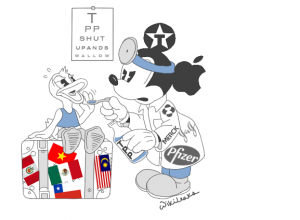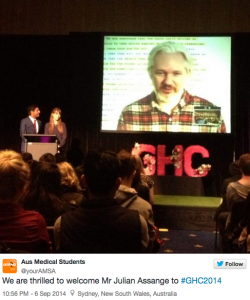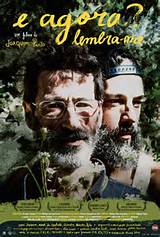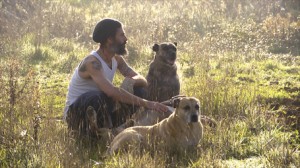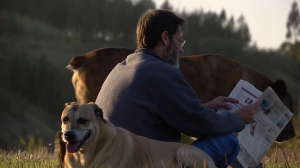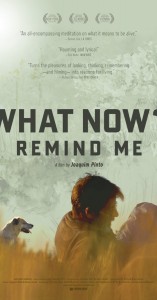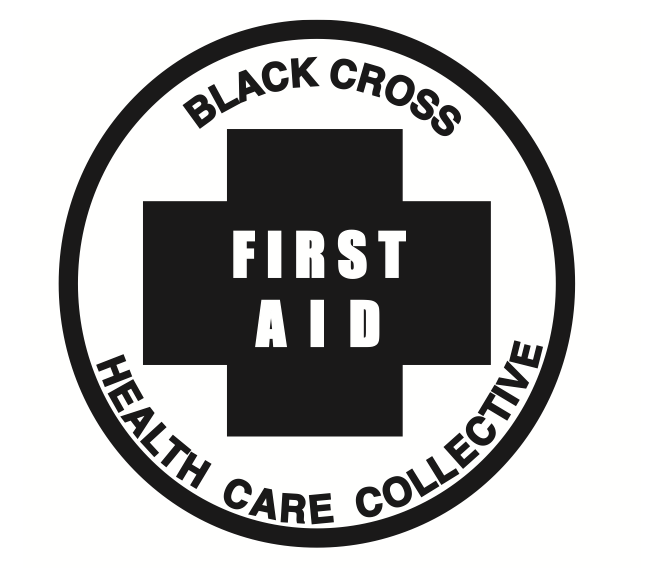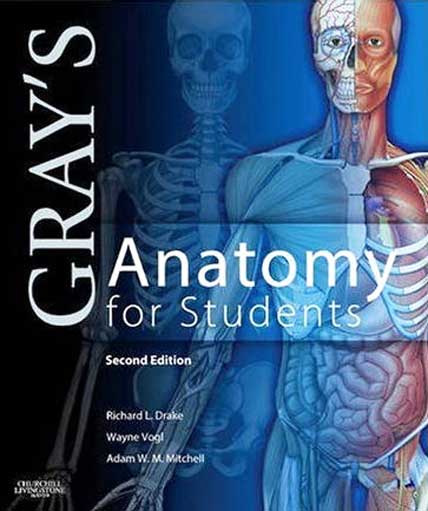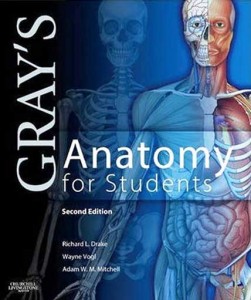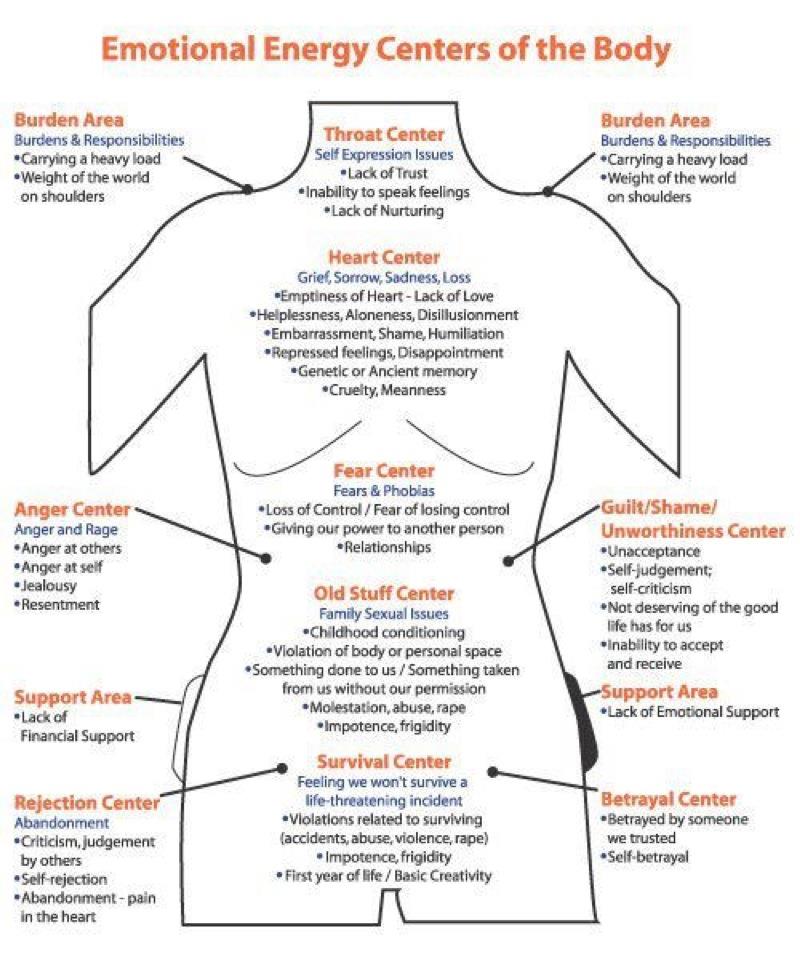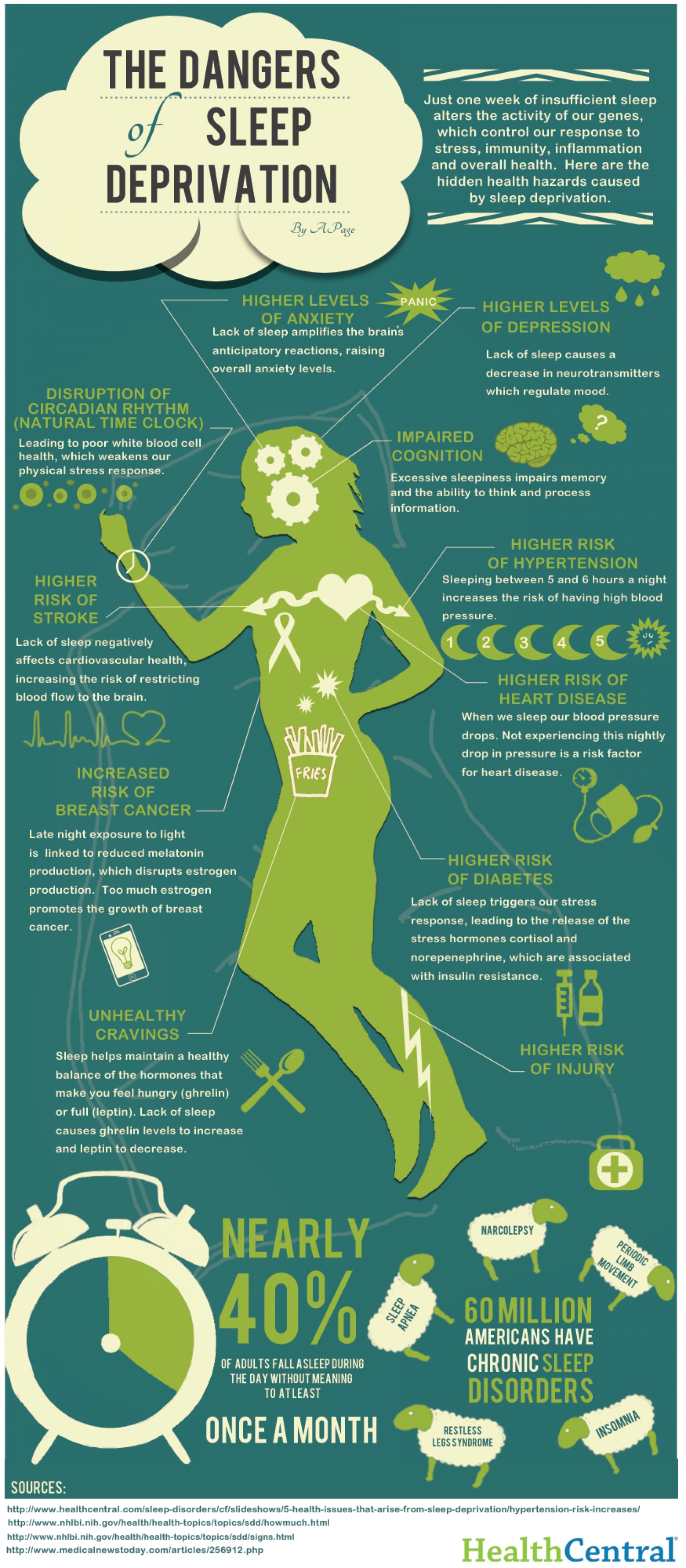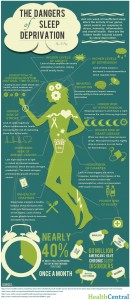Physical therapist Sophie Hiltner offers a quick review of Workrave ”a program that assists in the recovery and prevention of Repetitive Strain Injury (RSI), frequently alerts you to take micro-pauses, rest breaks and restricts you to your daily limit.”
More from Sophie in the talk she gave at 30C3 last December, CODING YOUR BODY.
Workrave: being programmed by a program
A review by Sophie Hiltner
Sitting at my desk working as usual I suddenly feel the urge to stretch my arms high in the air, extending my thoracic spine. Two seconds after I had followed my impulse, the little reminder from workrave popped up to tell me I needed a micro pause. What happened here, had the one week trial phase already left its impression in my movement patterns inside my brain?
I will give you a quick overview about the program workrave (http://www.workrave.org/), my experiences with it and a physiotherapeutical evaluation of its function.
Workrave is a programm that monitors the use of keyboard or mouse. The programm offers two different kinds of pauses, a microbreak and a coffeebreak. The preset timing, of the intervals of the pauses, did not feel good to me, therefore I chose a twenty minutes rhythm for the micropause of thirty seconds and one hour rhythm for the coffee break of five minutes. During those breaks your monitor is blocked, unless you decide to skip or postpone the break by a certain period of time. In general I use these microbreaks to stretch, get out of the chair, go to the bathroom or fill up my tea cup. Choosing a small cup and putting the tea pot at the other end of the room is a great opportunity for a small walk between the sitting phases of your day.
During the coffeebreaks the programm offers excercises for shoulders, eyes, fingers and arms. For example: stretching out your fingers or neck muscles. Each exercise is about twenty-five seconds long. Depending on your motivation you can choose up to ten excercises per break. These exercises are helpful from a physiotherapeutical point of view, but especially the stretches are way to short. If you like the excercises offered I would suggest doing one maximum two and repeating those for at least one minute each. Concentrate on your breathing while stretching, for example your neck, and feel the tension leave your body while you exhale.
A friendly person sent me his comment about workrave “Since I use workrave, my room is much cleaner.”. I have to agree, besides the stretching I used the breaks also to tidy up things quickly, wash the dishes or make fresh tea.
Besides all those advantages I have two points I am not happy about. First of all, when you are not typing or using your mouse the programm counts it as a break. Since I am also reading a lot when working I need to remind myself of those breaks. But after using workrave quite often while I was writing, my body started to remind itself of the needed breaks. This does not mean, that the program became unnecessary, but that Pavlov was correct. Bottomline: the programm helped me to be more aware of continuous sitting periods and I start to move subconsciously whenever a break should be taken.
The second point of criticism: workrave is incredibly sexist, since the person presenting the exercises is a big busted woman with braided hair. A neutral person would be more suitable, at least for my taste.
Another thing is, that wordrave is not availabe for Mac L sorry to say. If anybody knows a mac compatible programm let me know.
That is what I have to say about workrave. If you have questions, suggestions or critique: Let me know! Till then keep working out in the office,
Sophie.


